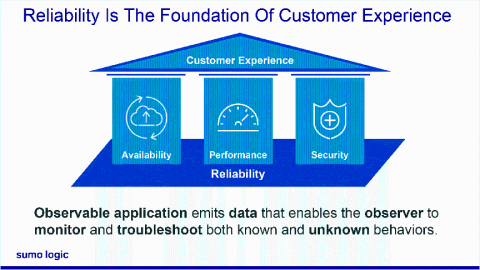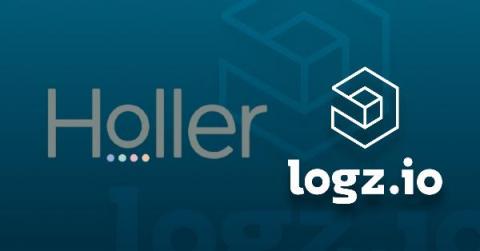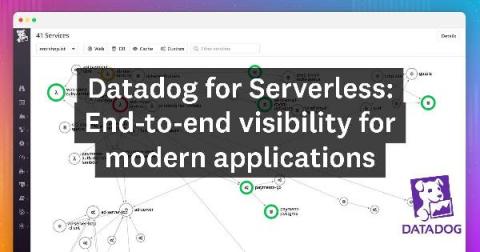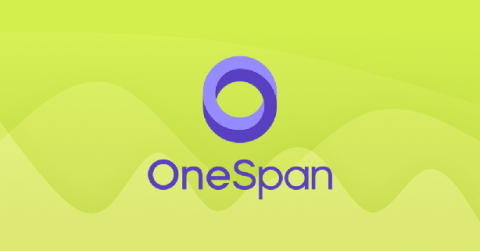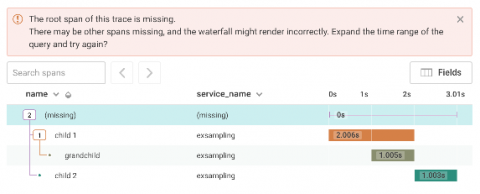Operations | Monitoring | ITSM | DevOps | Cloud
Observability
The latest News and Information on Observabilty for complex systems and related technologies.
Q&A with Daniel Seravalli, Lead Engineer at Holler: Nailing Observability at Scale
Holler is a messaging tech company that enriches conversations everywhere by creating and delivering useful, entertaining, expressive visual content to add texture and emotion to messaging environments. As the company has continued to grow, the engineering organization has scaled to meet the demand for its services. However, without a fully staffed Operations team, most of the engineers at Holler perform double duty across DevOps to keep the service performant for consumers.
Zero instrumentation serverless observability with AWS SAM and CDK integrations
As organizations build out their serverless footprint, they might find themselves managing hundreds or thousands of individual components (e.g., Amazon S3 buckets, Amazon DynamoDB tables, AWS SQS queues) for just a single application. At the same time, performance issues can crop up at any of these points, which means that having access to detailed observability data from your serverless functions is crucial for effective troubleshooting.
Spread the Love: Appreciating Our Pollinators Community
Have you heard the buzz about observability with Honeycomb 🐝? It’s the best tool on the market for observing your systems in real time to reduce toil and delight users. But don’t listen to us, listen to our buzzing community of “Pollinators”–this blog post is dedicated to them 💖 An invite is sent to our shared Slack workspace “Pollinators” to everyone who signs up for Honeycomb.
IT Infrastructure Monitoring: gain full monitoring coverage and unlimited observability
Monitoring the state of DevOps, multi-cloud, microservices and data centre environments is no easy task. You can’t manage what you can’t see. Gaps in your monitoring capability leave your enterprise vulnerable to catastrophic, customer impacting infrastructure blind-spots.
Observability Across the Development Lifecycle: A Convo with Andre Boutet of OneSpan
At OpenObservability, we had the pleasure to sit down with Andre Boutet, the Senior Director of Cloud Operations and Services for OneSpan. Andre had a conversation with our CTO, Jonah Kowall, around what observability means to his team and his organization. Teaser: It’s not just about ensuring uptime and availability for external systems. It’s a philosophy with a foundation on supporting the entire development lifecycle.
How to Gain Observability with Custom Checks and External Monitoring
Slack recently had a no good very bad day in which some broken external monitoring contributed to a perfect storm. But one passage caught our eye: “After the incident was mitigated, the first question we asked ourselves was why our monitoring didn’t catch this problem. We had alerting in place for this precise situation, but unfortunately, it wasn’t working as intended.
Bees Working Together: How ecobee's Engineers Adopted Honeycomb
At ecobee, adopting Honeycomb started as a grassroots effort. Engineers signed up for the free tier and quickly started sharing insights with teammates. When it came time for ecobee to make the “build vs. buy” decision for observability tooling, sticking with Honeycomb was the clear choice. Now on the enterprise plan, ecobee’s engineering squads rely on features like SLOs to support the business’s need to map engineering effort to user impact.
How Playtech Fixed Metrics Over-Collection with Observability
According to Forbes, 2.5 quintillion bytes of data are created every day. Data volumes have grown exponentially in recent years due to the growth of the Internet of Things (IoT) and sensors. The majority of data collected has been collected in the last two years alone. For example, the U.S. generates over 2.5 million gigabytes of Internet data every minute, and over half of the world’s online traffic comes from mobile devices.
HoneyByte: Get a Taste for Sampling
Honeycomb’s event-based pricing model is pretty simple: we only care about how many events you send. For teams running workloads at scale, the question becomes: are all of my events worth keeping? How can you reduce overall event volume while maintaining fidelity? This HoneyByte is all about sampling strategies you can use to lower costs without sacrificing the value of your data.


